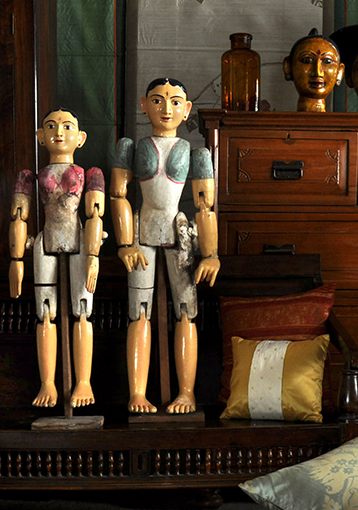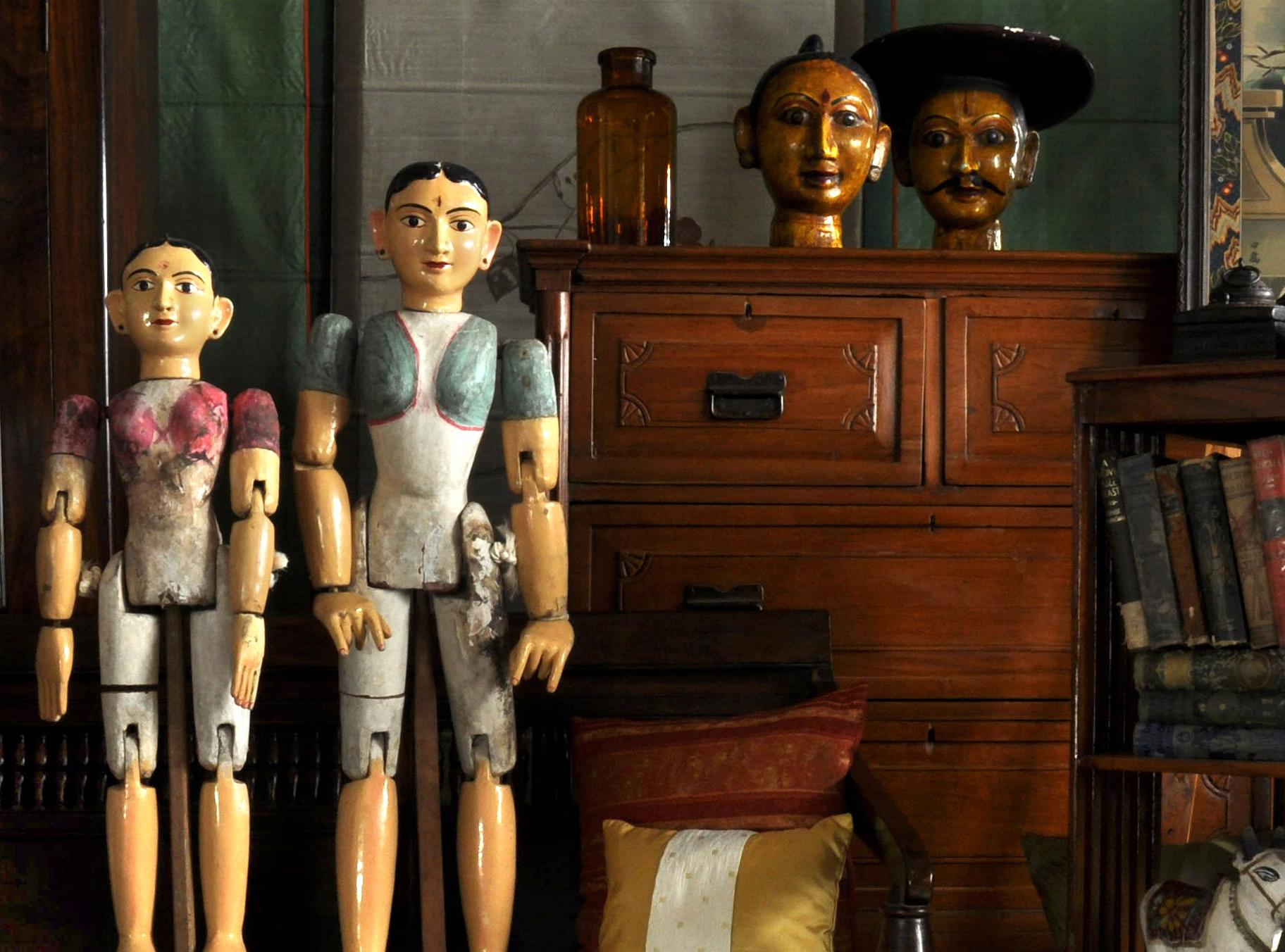- Home
- Hanuman and Sita in Ashokavana
Loading...
Hanuman and Sita in Ashokavana
All orders are insured for transit.
This item cannot be shipped outside India.
All orders are insured for transit.
This item cannot be shipped outside India.
Details
| Size: | 10.25 x 14.5 inches |
| Medium: | Natural Colours on Paper |
| Condition: | Very Good |
| Style: | Guler School of Painting |
Description
Sita in Ashokavana (Lanka) where she is being held captive in Ashok Vatika - a garden that was located in the kingdom of Ravana. Hanuman is presenting Sita with a jewel given to him by Rama, so that she can be sure Rama has sent Hanuman.
The Ramayana is a Hindu epic divided into seven books. It narrates the exile of Rama to the forest with his wife Sita and his brother Lakshmana, the subsequent abduction of Sita by Ravana (the demon-king of Lanka) and the rescue of Sita with the help of Sugriva the king of the monkey tribe and his minister Hanuman. After a fierce battle the city of Lanka was taken, Ravana was defeated and killed, and Sita was rescued. Rama returned and was crowned to begin his glorious reign of Ayodhya.
About the Guler School of Painting
Guler was a small Indian hill state in the lower Himalayas, in modern-day Himachal Pradesh. The kingdom was founded in 1415 by Raja Hari Chand, a descendant of the royal family of Kangra. In the first half of the 18th century a family of Kashmiri painters, trained in Mughal painting, sought shelter at the court of Raja Dalip Singh (1695-1741) of Guler. This was the beginning of what came to be called the Guler style, though in its early phase it was known as Kangra art because of the royal family name. The Guler School of painting is also known under the umbrella term Pahari painting (literally meaning a painting from the mountainous regions, as 'pahar' means a mountain in Hindi). The term 'Pahari Painting' is used for a form of painting, done mostly in miniature, originating from Himalayan hill kingdoms of North India, during 17th-19th century, notably Basohli, Mankot, Nurpur, Chamba, Kangra, Guler, Mandi, and Garhwal.
-
Description
Read MoreThis is a Pahari painting from the Guler School. It depicts a scene from the epic Ramayana, when Hanuman introduces himself to
Sita in Ashokavana (Lanka) where she is being held captive in Ashok Vatika - a garden that was located in the kingdom of Ravana. Hanuman is presenting Sita with a jewel given to him by Rama, so that she can be sure Rama has sent Hanuman.
The Ramayana is a Hindu epic divided into seven books. It narrates the exile of Rama to the forest with his wife Sita and his brother Lakshmana, the subsequent abduction of Sita by Ravana (the demon-king of Lanka) and the rescue of Sita with the help of Sugriva the king of the monkey tribe and his minister Hanuman. After a fierce battle the city of Lanka was taken, Ravana was defeated and killed, and Sita was rescued. Rama returned and was crowned to begin his glorious reign of Ayodhya.
About the Guler School of Painting
Guler was a small Indian hill state in the lower Himalayas, in modern-day Himachal Pradesh. The kingdom was founded in 1415 by Raja Hari Chand, a descendant of the royal family of Kangra. In the first half of the 18th century a family of Kashmiri painters, trained in Mughal painting, sought shelter at the court of Raja Dalip Singh (1695-1741) of Guler. This was the beginning of what came to be called the Guler style, though in its early phase it was known as Kangra art because of the royal family name. The Guler School of painting is also known under the umbrella term Pahari painting (literally meaning a painting from the mountainous regions, as 'pahar' means a mountain in Hindi). The term 'Pahari Painting' is used for a form of painting, done mostly in miniature, originating from Himalayan hill kingdoms of North India, during 17th-19th century, notably Basohli, Mankot, Nurpur, Chamba, Kangra, Guler, Mandi, and Garhwal.
-
Details
Size: 10.25 x 14.5 inches Medium: Natural Colours on Paper Condition: Very Good Style: Guler School of Painting AUTHENTICITY
This artwork is accompanied by an Authenticity Certificate.
-
Returns
We accept returns within 7 days of delivery if the item reaches you in damaged condition. -
Shipping
This item will be shipped flat with a mount. Shipping costs are extra, and will be calculated based on the shipping address.All orders are insured for transit.
This item cannot be shipped outside India.
This item has been added to your shopping cart.
You can continue browsing
or proceed to checkout and pay for your purchase.
This item has been added to your
shopping cart.
You can continue browsing
or proceed to checkout and pay for
your purchase.
This item has been added to your wish list.
You can continue browsing or visit your Wish List page.
Are you sure you want to delete this item from your Wish List?
Are you sure you want to delete this
item from your Wish List?


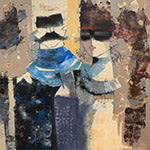
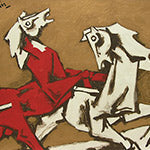

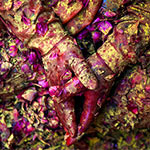
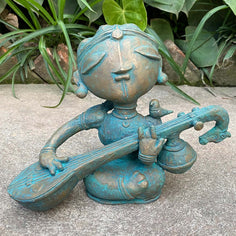
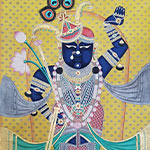
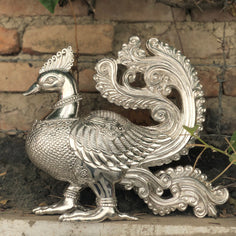
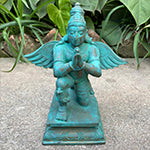
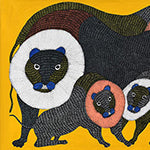
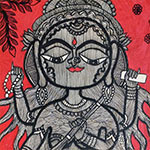
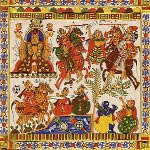
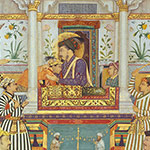
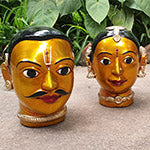

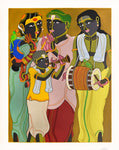
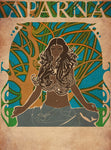
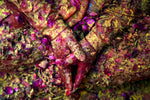
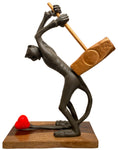
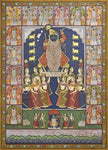
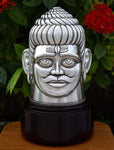


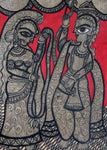
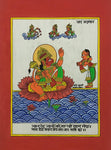
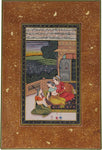
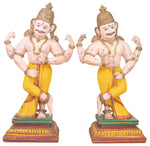
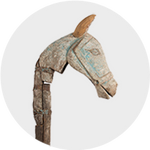
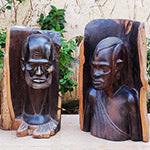
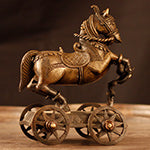

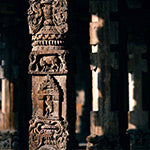

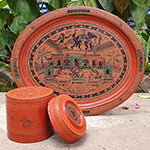
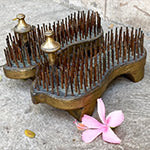

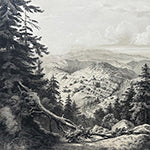

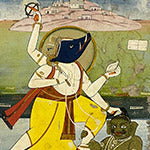
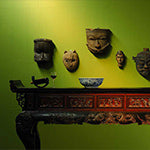
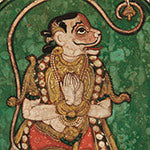

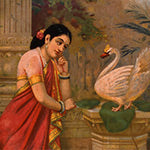
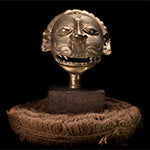
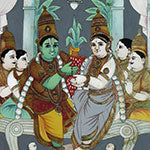
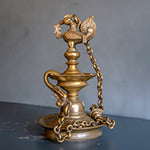
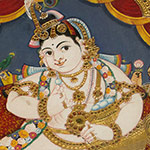
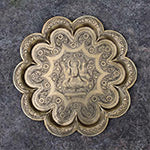
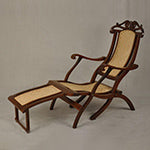
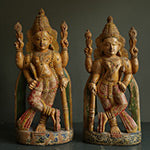


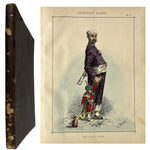

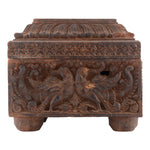
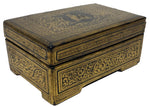
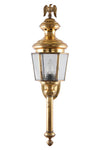

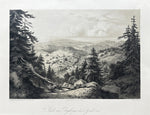


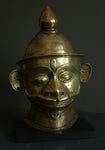
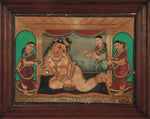
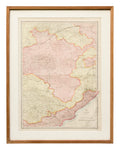
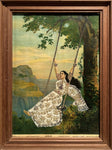

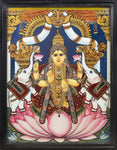

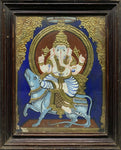
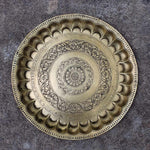
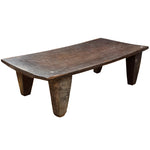
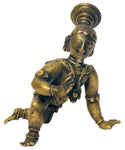


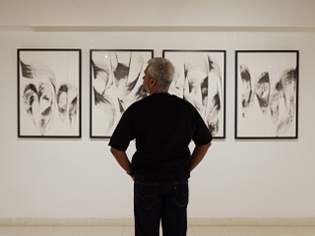
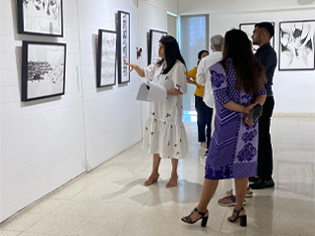




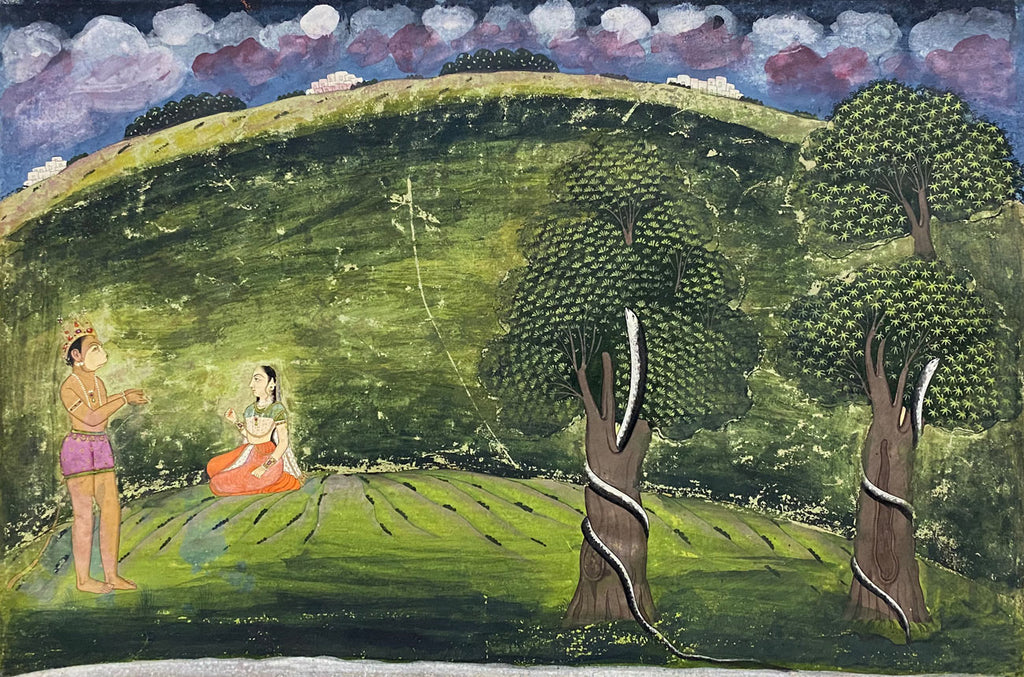

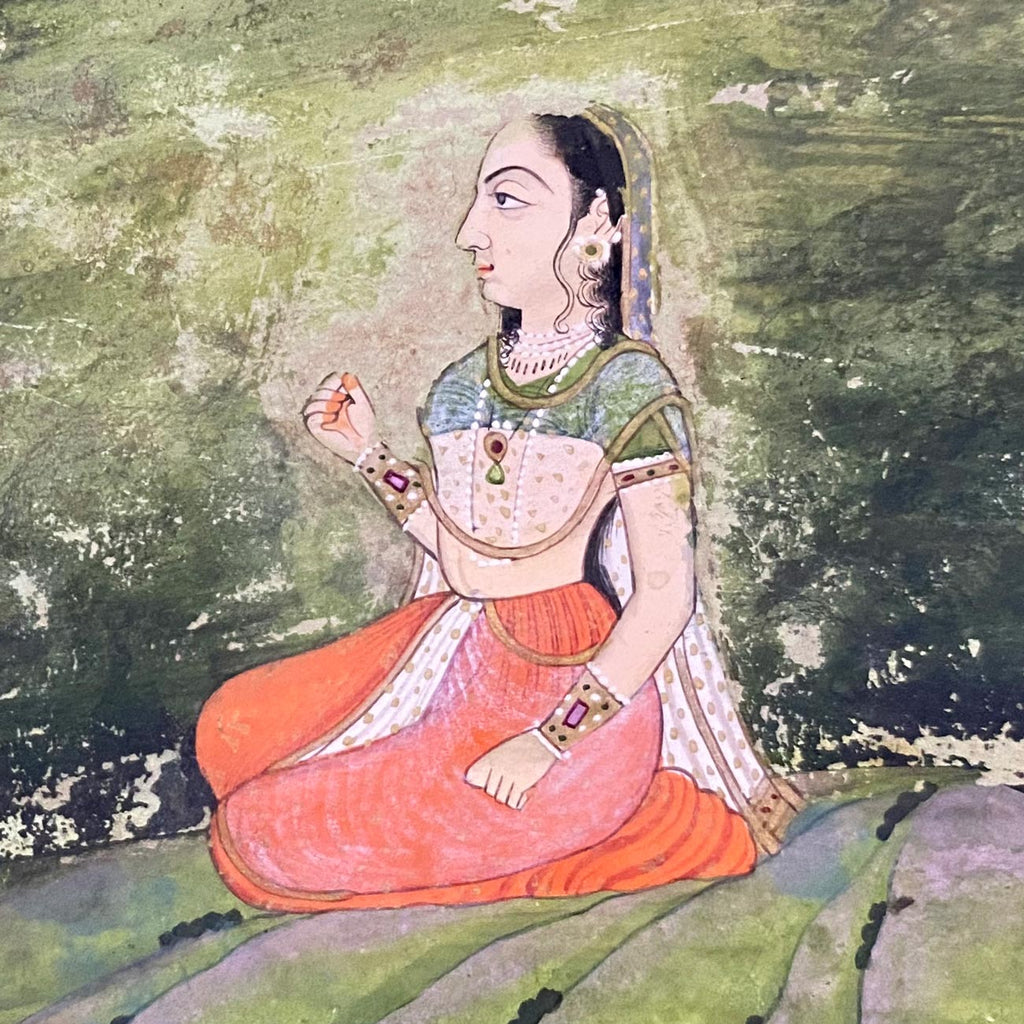


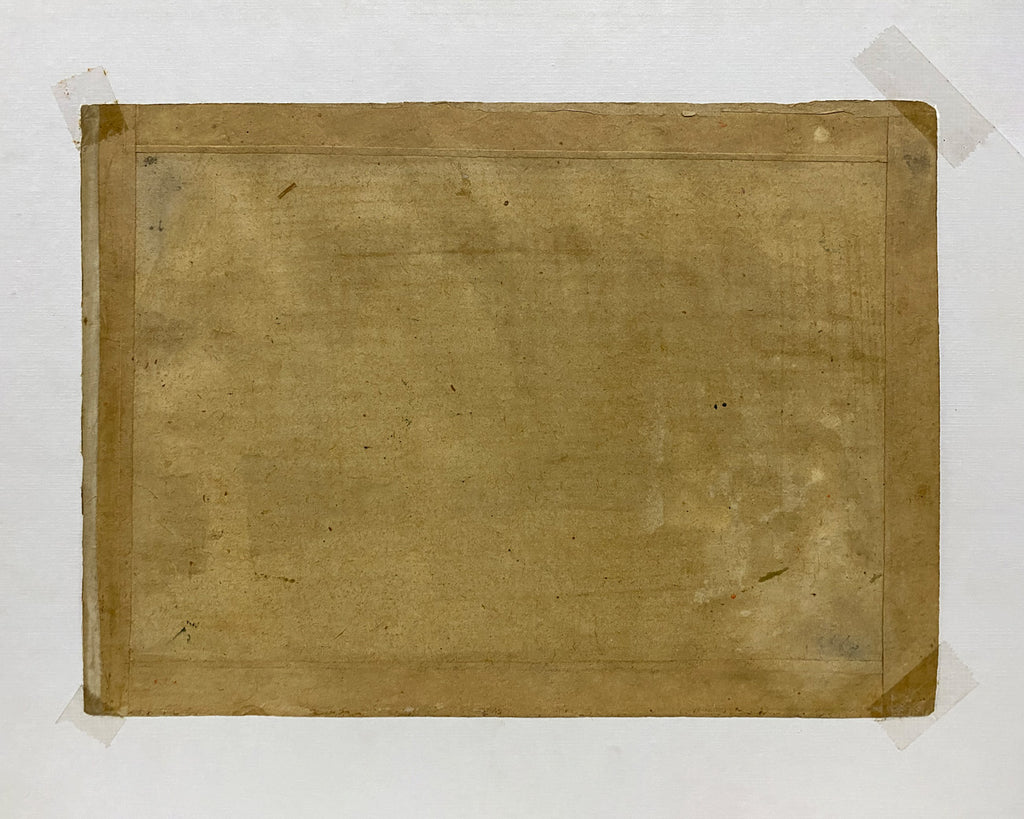
 View Full Screen
View Full Screen

